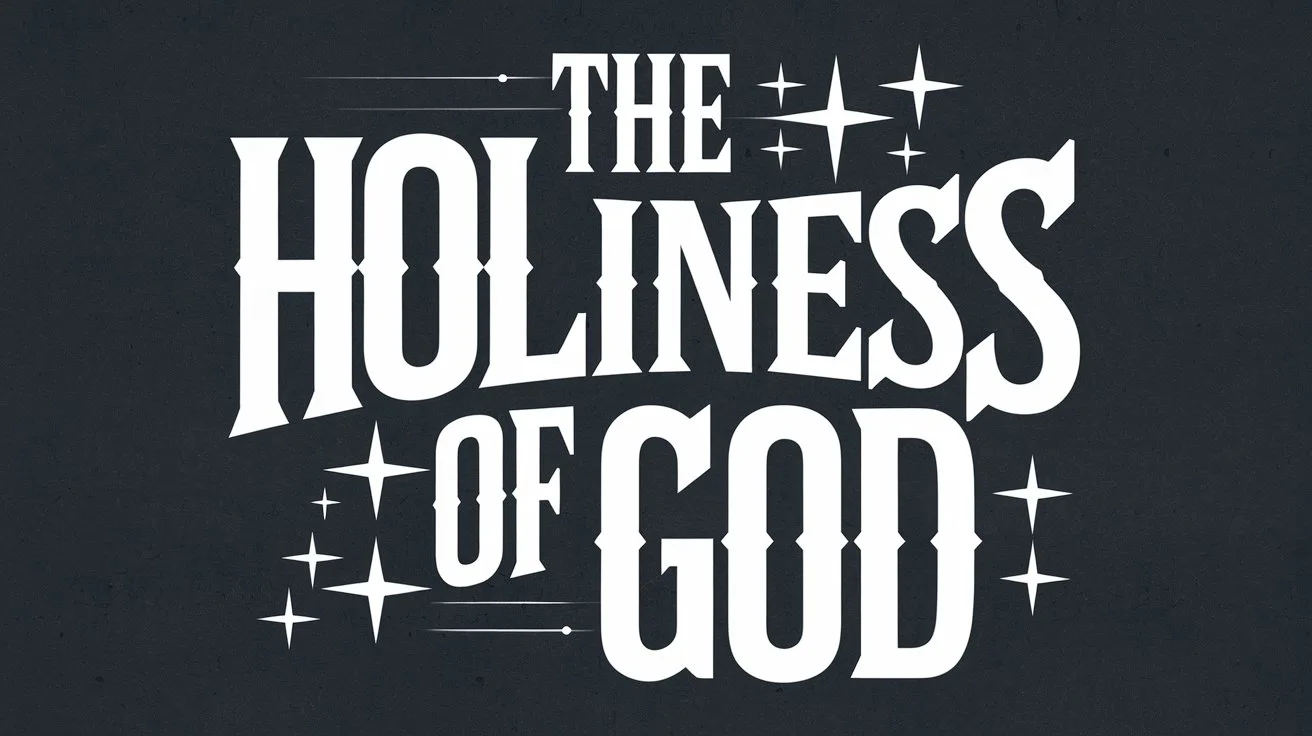The cornerstone is a significant symbol in Scripture, representing strength, stability, and alignment. In ancient construction, the cornerstone was the first stone set in a foundation, determining the position of all other stones in the structure.
In the Old Testament, the cornerstone is mentioned in a prophetic and spiritual context. Psalm 118:22 says, “The stone which the builders rejected has become the chief cornerstone.” Though rejected by men, this stone is honored by God. Isaiah 28:16 speaks of a stone laid in Zion: “a tried stone, a precious cornerstone, a sure foundation; whoever believes will not act hastily.” This verse highlights trust in God’s secure and enduring foundation.
In the New Testament, these prophecies are applied to Jesus Christ. Jesus quoted Psalm 118:22 in reference to Himself, explaining to the religious leaders that although they rejected Him, He was in fact the cornerstone (Matthew 21:42). Peter, in Acts 4:11, affirms the same truth before the Sanhedrin: “This is the ‘stone which was rejected by you builders, which has become the chief cornerstone.’”
Paul teaches in Ephesians 2:20 that the church is “built on the foundation of the apostles and prophets, Jesus Christ Himself being the chief cornerstone.” The cornerstone aligns and holds together the entire spiritual structure. Believers, as living stones, are joined together into a holy temple in the Lord.
1 Peter 2:6–8 elaborates on the cornerstone imagery. To those who believe, Jesus is precious, but to the disobedient, He is “a stone of stumbling and a rock of offense.” Thus, the cornerstone both unites the faithful and stands as a warning to those who reject Him.
The cornerstone represents Jesus as the foundation of salvation, truth, and unity. It challenges every person to align their life with Him and warns of the consequences of rejecting God’s chosen foundation.







